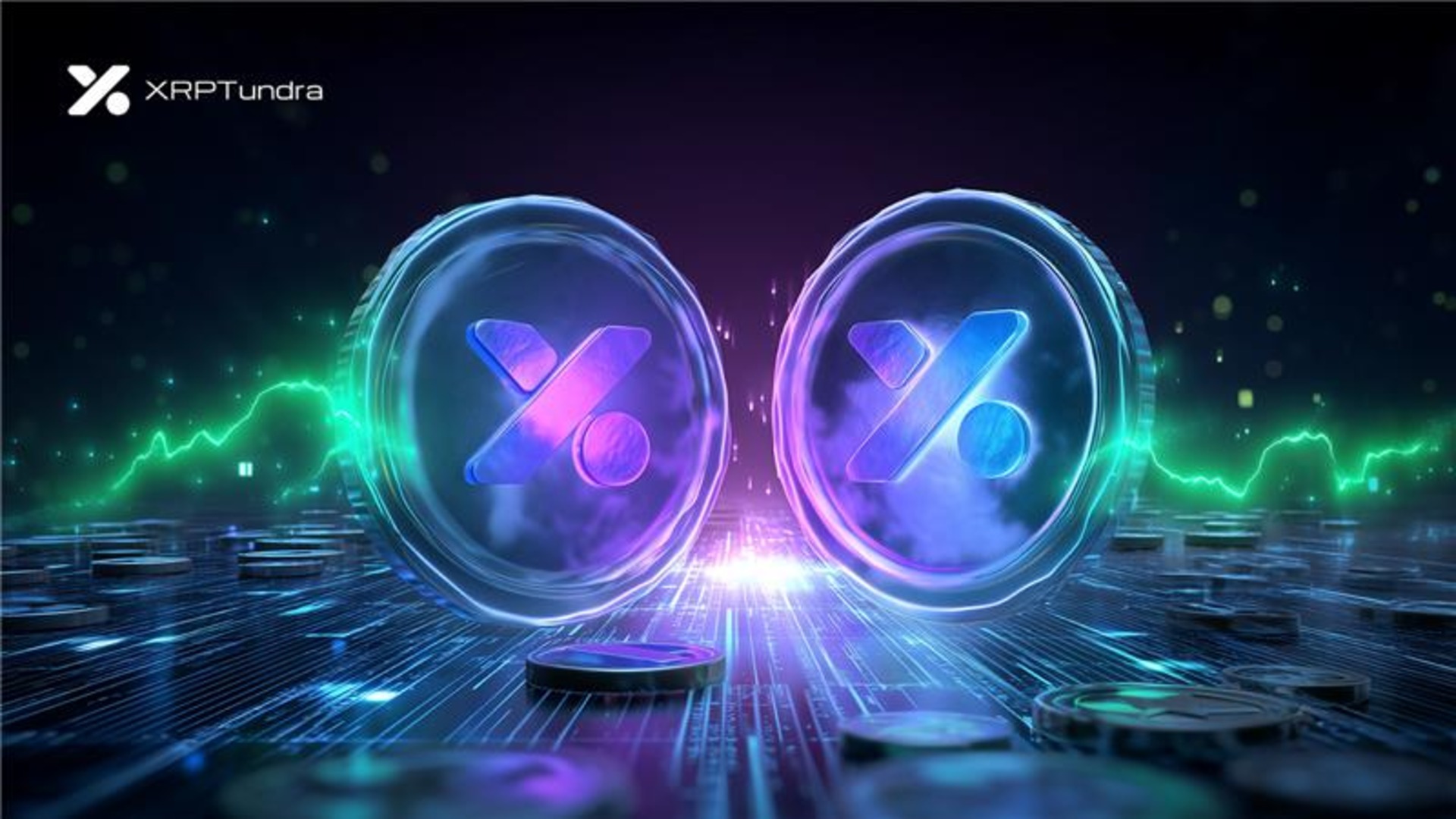Bitcoin Munari outlines its multi-phase ecosystem architecture as the project enters its presale period, introducing a framework that connects Solana deployment, a dedicated Layer-1 mainnet, and a full suite of network components designed for long-term utility.
Bitcoin Munari has released detailed information on the structure of its upcoming blockchain ecosystem, marking a major progress in the project’s transition from planning to active development. The framework links early-stage operational deployment with a long-term execution environment designed for programmable applications, validator participation, and expanded digital asset functionality.
The ecosystem reveal coincides with the opening round of BTCM’s presale, where Round 1 is priced at $0.35. This tier references an internal launch benchmark of $6.00, forming the basis for a modeled 1,614% ROI for the initial pricing stage. These details define the opening conditions for the asset’s distribution as the broader architecture moves into its next development phase.
Ecosystem Architecture Defined Across Multi-Phase Deployment
Bitcoin Munari structures its ecosystem as a sequence of interconnected phases rather than a single-layer chain. The first stage uses Solana as the operational environment, allowing BTCM to circulate in a high-throughput, low-fee network while the dedicated mainnet undergoes development. This model introduces immediate functionality, including transfers, liquidity formation, and integration with existing Solana-based tools.
The ecosystem then transitions into a custom Layer-1 chain through a 1:1 migration bridge. This bridge preserves supply consistency across networks and provides continuity for users moving from Solana into the native execution environment. Each stage is designed to maintain operational alignment, ensuring that BTCM serves as the consistent asset throughout the platform’s progression.
Platforms and Components Shaping the Munari Ecosystem
The ecosystem includes several functional components that operate together once the mainnet is introduced. A delegated Proof-of-Stake validator layer forms the basis of the network’s security model, with BTCM used for staking and block validation. Validators participate through stake-weighted operations, and delegation broadens access for users who do not run nodes directly.
An EVM-compatible execution layer supports decentralized applications, smart contracts, and programmable transaction logic. Developers interact with the network through standard tooling, enabling contract deployment and application construction without proprietary frameworks. Privacy controls allow users to configure transaction visibility, and governance functions introduce on-chain decision processes tied to BTCM holdings.
To support the integrity of these components during the Solana phase and ahead of the mainnet, Bitcoin Munari’s smart-contract systems have undergone independent security review. The infrastructure has been evaluated through the Solidproof Smart Contract Audit and the Spy Wolf Smart Contract Audit, with assessments covering contract behavior, execution risks, and operational soundness. Team identity verification has also been completed through the Spy Wolf KYC Verification, providing additional transparency as the ecosystem progresses through presale, development, and mainnet deployment.
Economic Structure Supporting Long-Term Operation
The BTCM economic model is anchored by a fixed supply of 21,000,000 tokens, reflecting the scarcity principles that define Bitcoin’s monetary structure. The supply is separated into predetermined allocations supporting public distribution, validator rewards, liquidity, development teams, and ecosystem growth.
Token allocation:
- Public presale: 11,130,000 BTCM
- Validator rewards: 6,090,000 BTCM
- Liquidity reserves: 1,680,000 BTCM
- Team under vesting: 1,050,000 BTCM
- Marketing and ecosystem: 1,050,000 BTCM
The presale operates as the initial access point within this model. Round 1 is priced at $0.35 with a reference launch value of $6.00, forming a modeled 1,614% ROI for the opening tier. Presale tokens include no vesting period and activate upon BTCM’s Solana deployment. The ten-round presale follows a structured price progression designed to align early distribution with the development roadmap.
Deflationary elements — such as fee-burning mechanisms and validator lockups — reduce circulating supply under specific conditions. The model avoids inflationary issuance, maintaining long-term continuity between supply, demand, and network operation.
Solana Launch Establishing Immediate Functional Utility
Solana serves as the platform’s first operational stage, enabling BTCM to function within a fast and cost-efficient blockchain environment. Its Proof-of-Stake and Proof-of-History hybrid model supports high transaction capacity without high resource demands, forming a practical foundation for early activity.
During this phase, BTCM interacts with Solana-based decentralized exchanges, wallets, and applications. This environment provides a functional entry point for token transfers, liquidity operations, and initial market formation. The Solana deployment also supports performance testing and system preparation ahead of the migration bridge.
Mainnet Roadmap Advancing the Ecosystem Beyond the Presale Stage
The Mainnet stage establishes the long-term architecture of the Bitcoin Munari ecosystem. Delegated Proof-of-Stake becomes the network’s core consensus model, with validators participating through staking operations and receiving rewards from a long-term allocation. An EVM-compatible contract layer introduces a broad application environment, supporting decentralized exchanges, financial protocols, and additional contract-based systems.
Privacy features allow configurable visibility for individual transactions, and governance tools give BTCM holders influence over network parameters. Post-launch plans include developer grant programs, enterprise integration initiatives, wallet releases, and cross-chain interoperability beyond Solana. The migration bridge ensures continuity between the SPL token and native BTCM without altering supply totals.
This roadmap places the presale within a broader developmental sequence, connecting early access with long-term network functionality and ecosystem expansion.
Complete your BTCM purchase at the Round 1 price through the official platform:
Website: official Bitcoin Munari website
Buy Today: secure your tokens here
X/Twitter: join the community
This publication is sponsored. Coindoo does not endorse or assume responsibility for the content, accuracy, quality, advertising, products, or any other materials on this page. Readers are encouraged to conduct their own research before engaging in any cryptocurrency-related actions. Coindoo will not be liable, directly or indirectly, for any damages or losses resulting from the use of or reliance on any content, goods, or services mentioned. Always do your own researchs.
AuthorRelated stories
Next article
Source: https://coindoo.com/breaking-development-bitcoin-munari-reveals-innovative-ecosystem-in-landmark-presale-event/


